Cover Photo by harmeet9000
Delhi is one of the most popular tourist destinations in the country owing to its rich cultural heritage, mouth-watering delicacies, and luxury resorts. Planning a Delhi tour package is an exciting experience in itself because there are so many things to do, see, and explore in this city. You cannot vacation in Delhi without visiting a tourist spot that has awed millions of people. That’s right, the Lotus Temple in Delhi is a treasured shrine of the Baha’i faith that attracts tourists from all over the world. Its popularity is due to the structure inspired by the lotus flower. Colloquially termed as the Kamal Mandir of Delhi, this temple is open to people belonging to all religions, caste, creed, and race. The openness of this Baha’i place of worship can be felt as soon as you step inside the main shrine. Peace, positive energy, and serenity can be experienced by every individual who spends even a few minutes at the Lotus Temple in New Delhi.
As it is part of the Hop On and Hop Off bus tour organized by the Delhi Government, you can easily explore the entire premises according to your convenience and then move on to the next monument. Mentioned below are some interesting factors of Delhi’s Lotus Temple:
1. Architecture
When you visit a historical site or sanctum in the national capital region, you cannot leave it without wondering about the genius behind its construction. The same feeling is induced in your mind while exploring Delhi ka Kamal Mandir. This is mainly because a lot of effort, expertise, and artistry is involved in the creation of this Baha’i place of workshop. Its architect, an Iranian national, Fariborz Sahba, planned and completed the construction in 1986. The architecture of Delhi’s Lotus Temple is unique in its own right. Interestingly, the importance of the number 9 can be observed in its architecture. As the Baha’i religion strongly believes in the mystical properties of this digit, the 26-acre property has nine pools and gardens surrounding the main shrine. The petals of this temple are 27 free-standing marble constructions that are grouped in clusters of three to form nine perfect sides. Along with this, the temple has a roof made of glass and steel that allows natural daylight to enter inside the main building. It is because of the appearance of a blooming lotus flower that the Lotus Temple in Delhi has won a special award from the Institution of Structural Engineers calling it “a building so emulating the beauty of a flower and so striking in its visual impact”.
2. Historical Background
When we talk about the historical background of a tourist attraction, it is vital to understand the religious connotation attached to it. The Lotus Temple in Delhi is one of the main places of worship for the Baha’i Faith. Ardishir Rustampur of Hyderabad in Sindh, Pakistan was an extremely benevolent individual who donated his life savings for the development of the Lotus Temple in New Delhi. Although his donation was made in 1953, the international governing body of this religious community initiated the process of this temple’s construction only in 1976. The reason behind this delay is lost in history. The Lotus Temple in Delhi still stands to be an important place of worship for the Baha’i Faith. Tourists who like to pay their respects at religious places should choose to have an itinerary that allows them to visit all the popular temples in Delhi.
3. Timings and Tickets
When you are planning a vacation in the national capital, it is recommended to research on the internet early on. This will help you in organizing your trip in a proper way. Not only will you be able to visit the most popular places on your Delhi tour package but will also find the hidden treasures and hole-in-the-wall spots that can only be found after reading travel blogs and articles online.
Hence, it would be wise to take out some time from your busy schedule and do some solid research. While you are at it, do make sure to check out the opening and closing timings of the Lotus Temple in Delhi. During the winter months between October and March, Delhi ka Kamal Mandir is open between 9.30 to 5.30 pm while in the summer months from April to September, the timings are 9.30 am to 7 pm every day. You cannot enter inside the Lotus Temple in Delhi on Mondays as it is closed to the public. There are no charges as the Baha’i community welcomes people from all walks of life without any entry fee. Besides the timing and tickets of Delhi’s Lotus Temple, you should note that photography can only be done after taking information from the authorities. This can be done by going to the Information Centre within the Lotus Temple, Delhi premises.
4. Best Time to Visit
In all honesty, planning a trip to Delhi is best done during the winter months of October to March. This is the time when the city is booming and so are its flowers! Experiencing ‘dilli ki sardi’ is one thing that you must have on your bucket list. As far as the Delhi ka Lotus Temple is concerned, you need not worry. It is open all year round so if you happen to be in town during the summer or monsoon season, then an expedition can be arranged without any hassles. Our personal recommendation would be to have serendipitous rendezvous at the Lotus Temple in Delhi in October when the weather is pleasant and walking around the entire premises will not break you into a sweat. As a popular picnic spot in Delhi, you can plan a late lunch with friends and family here.
5. Shopping Districts Nearby
The Lotus Temple has a perfect location in Delhi because it is accessible from all directions. Set in the village of Bahapur in Kalkaji, it can be easily reached via the Delhi Metro. The nearest metro station is Kalkaji Mandir located only 500 meters from this tourist spot. If you are in the mood to shop, then the most famous markets of the city are a stone’s throw away. Traditional suits, lehengas, and footwear can be bought at dirt-cheap prices in Lajpat Nagar market situated only 4 km from the Kamal Mandir in Delhi. On the other hand, thrifty western wear, mobile accessories, and home decor are available at the Greater Kailash’s M Block market which is 4.6 km away.
6. Tourist Attractions in the Vicinity
New Delhi is a city that has monuments and religious sites on every corner you turn. Now that might seem like an exaggeration to you, but did you know that the famous Kalka Devi Mandir is located only 600 meters from the Lotus Temple? Alongside this, ISKCON Temple is another tourist attraction that is merely 2.5 km away. The entire South Delhi where the Mughals constructed a lot of monuments can be explored after visiting the Lotus Temple by foot, auto rickshaw, or private taxi. Places like Humayun’s Tomb, Hauz Khas Fort, Safdarjung Tomb, etc. can be found within a 10 km radius. So, you can utilize the remaining part of your day visiting these mesmerizing monuments. The Qutub Minar complex is 9 km from Delhi ka Lotus Temple so that too can be part of your itinerary as well.
7. Street Food and Fine-Dining Options
Realistically speaking, walking around the Lotus Temple and its landscaped gardens can spur an appetite. Since you happen to be in the food capital of the country, the options of street food and fine-dining nearby are aplenty! There are several chaiwalas near the Kalka Devi Temple selling the most exquisite naan khatais that you must try out. Prince Chaat by Prince Paan is a popular spot for savoury delights such as samosas, bread pakoras, and golgappas. Nagpal located in Lajpat Nagar 2 prepares chole bhature and sweet lassi can transport you straight to paradise. For North-Indian fine-dining, head to Pandara Road where you’ll find the likes of Havmore & Gulati Restaurant while Big Wong and Chatter House win in Asian and Continental cuisines.
Visiting the Lotus Temple can be an experience that you will cherish for your entire life. So, plan out your vacation in Delhi and explore its wonders right away!










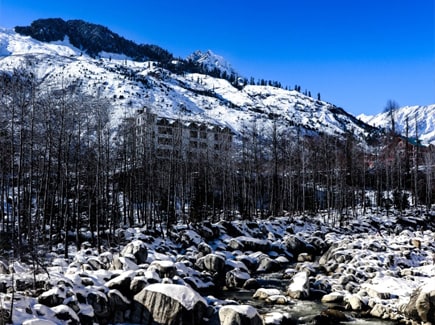



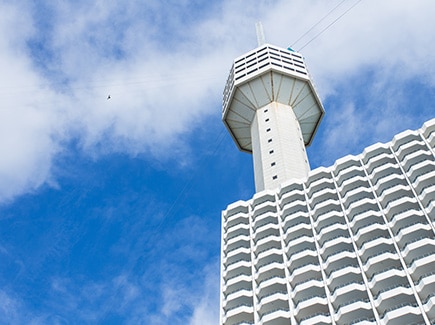

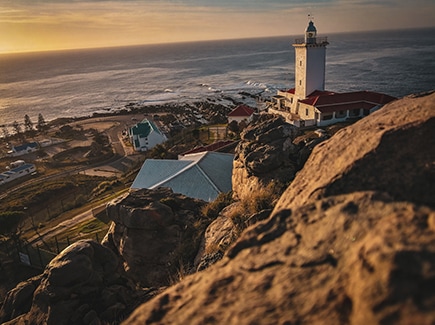









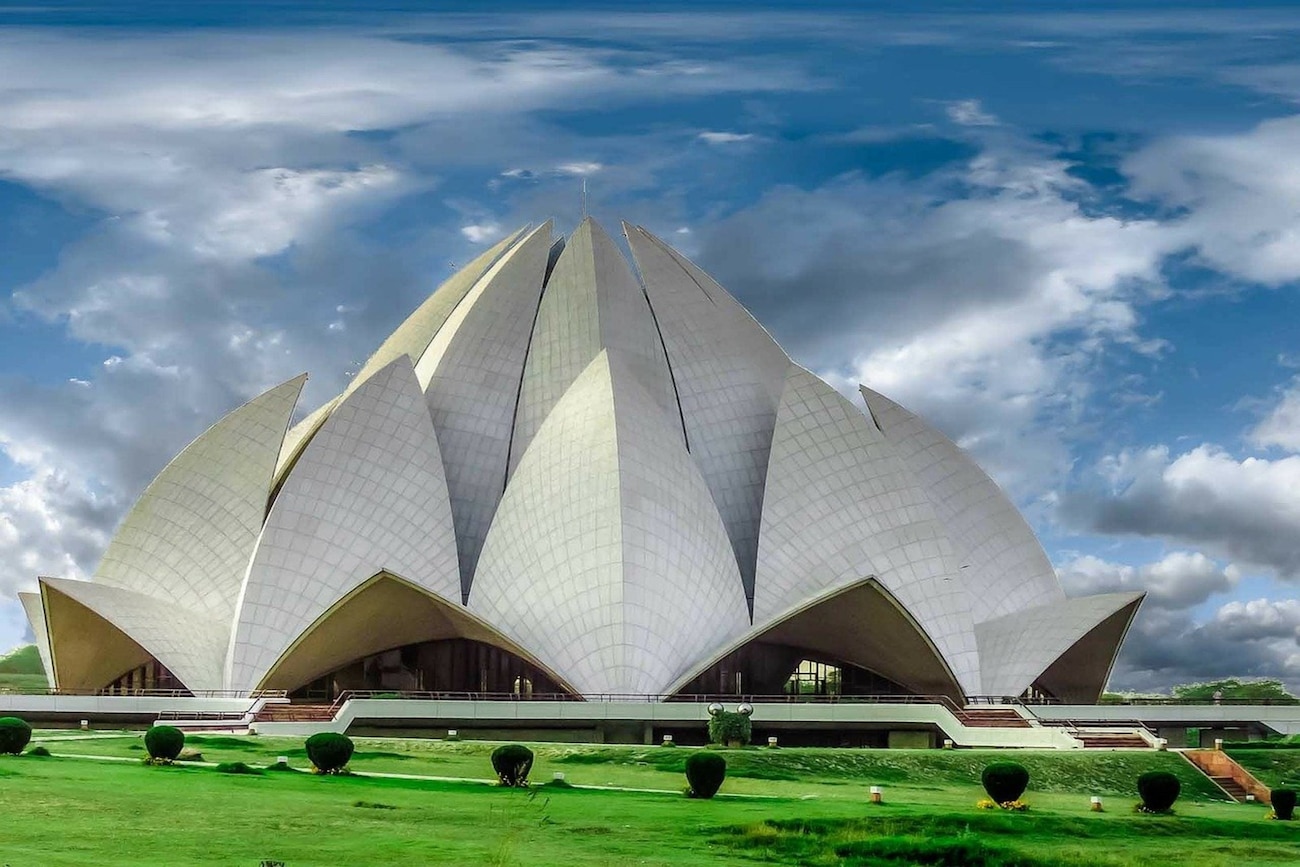










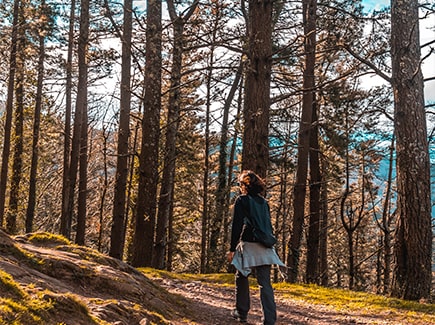
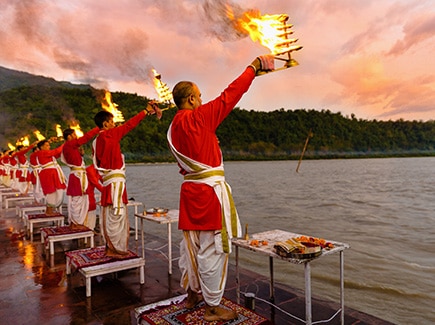
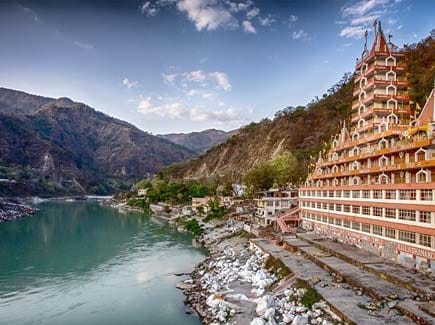



































Post your Comment
Please let us know your thoughts on this story by leaving a comment.